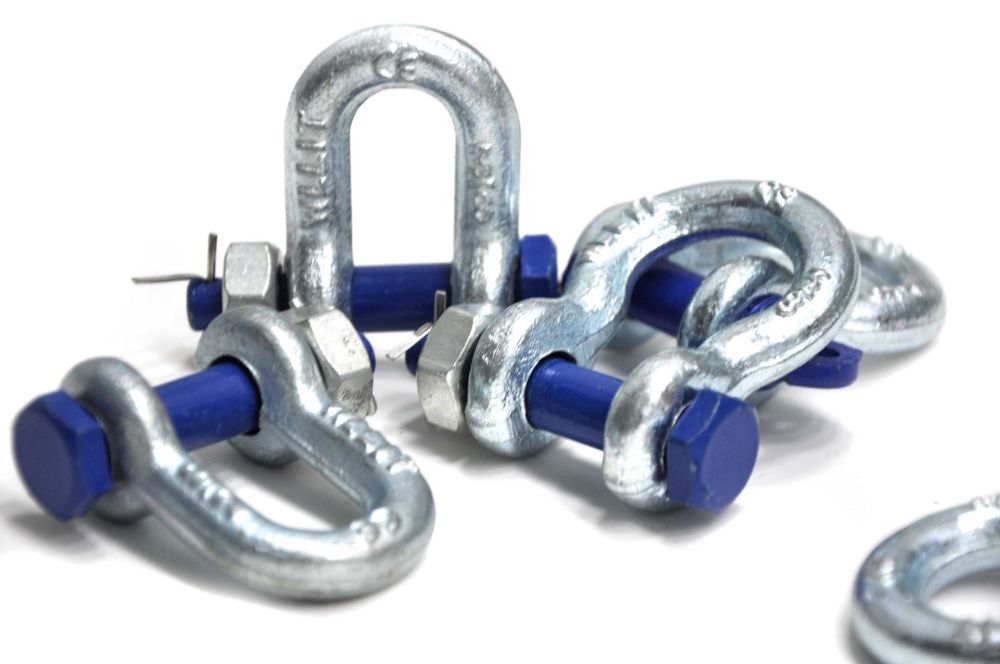A clevis sling hook is a type of sling hook that features a clevis or pin at the base of the hook, which allows for quick and easy attachment and detachment of the hook from other objects. Clevis sling hooks are commonly used in heavy-duty industrial and commercial applications, such as in construction, mining, and marine industries.
Clevis sling hooks come in a variety of sizes and materials, including steel, stainless steel, and alloy steel. They may be designed with different types of hooks, such as grab hooks, clevis hooks, and eye hooks, each designed for specific applications.
Clevis sling hooks may also be designed with safety latches or other locking mechanisms to ensure that the load remains securely attached during lifting or hoisting. Some clevis sling hooks may also be designed with swivels or other mechanisms to prevent twisting or tangling of the attached sling or chain.
When selecting a clevis sling hook, it is important to consider factors such as the load capacity, material type and quality, hook type, and size and configuration. Proper installation and maintenance of the clevis sling hook is also important to ensure safe and reliable operation. It is important to regularly inspect the hook for signs of wear or damage, and to replace the hook if any defects are found.








